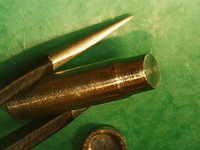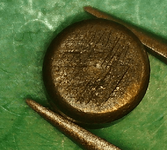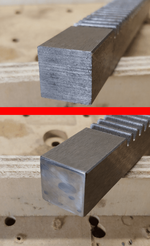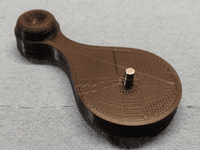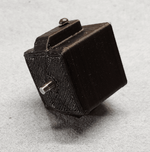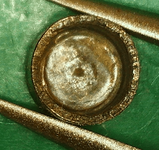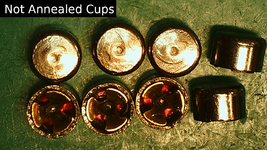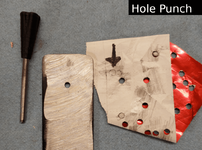- Messages
- 6,824
- Reactions
- 17,613
- Thread Starter
- #81
... Fail strength should be significantly more than torque spec. ...
I'm getting to know what that feels like -- something different than the bolt scrinching into threads -- like it slowly becomes pasta, then twists easily and the head pops off. It's sorta fun.






